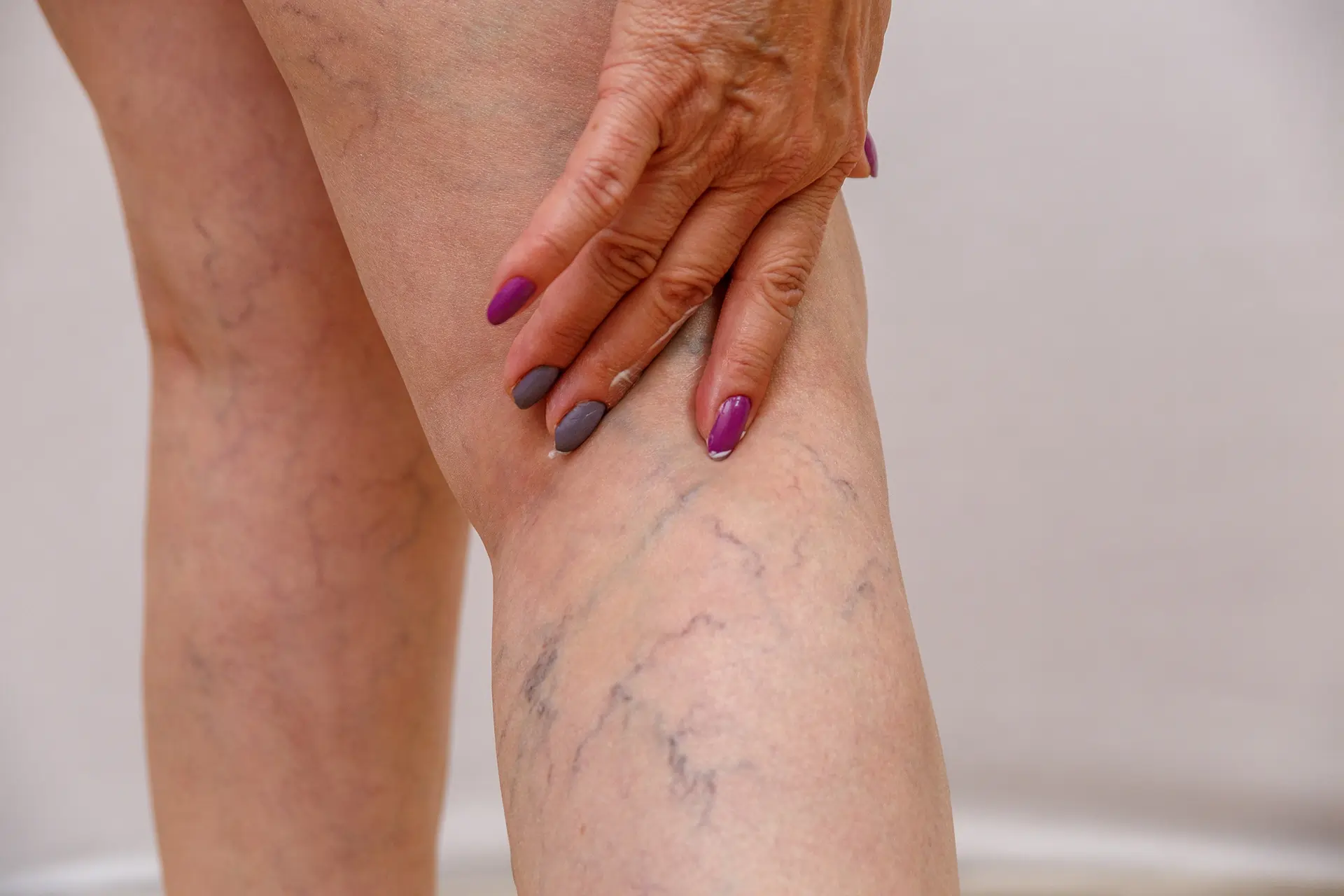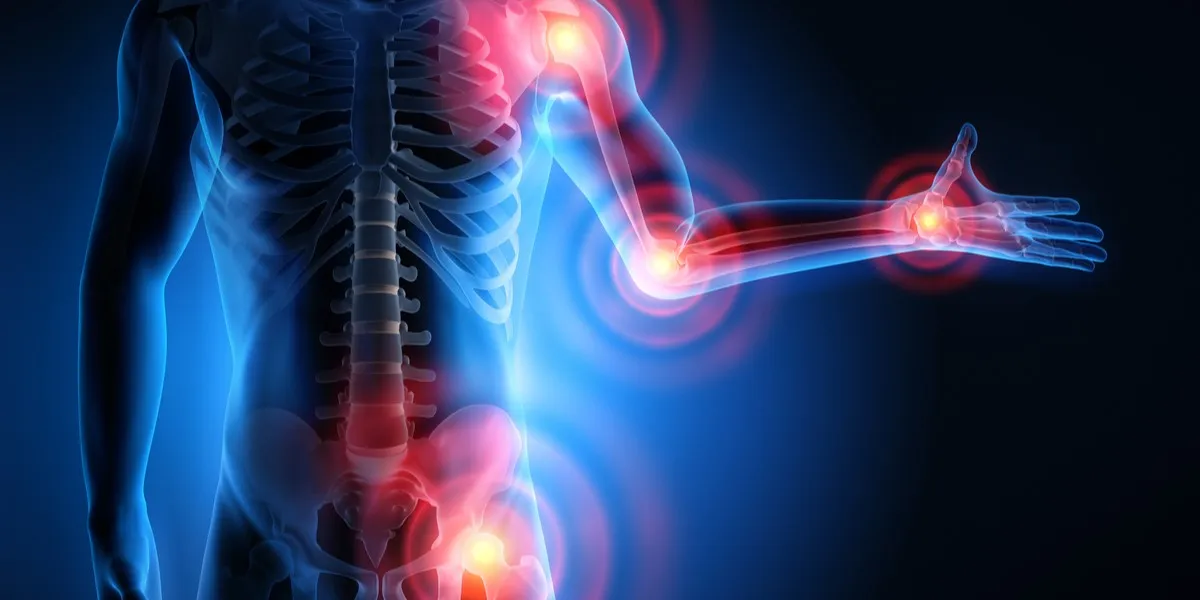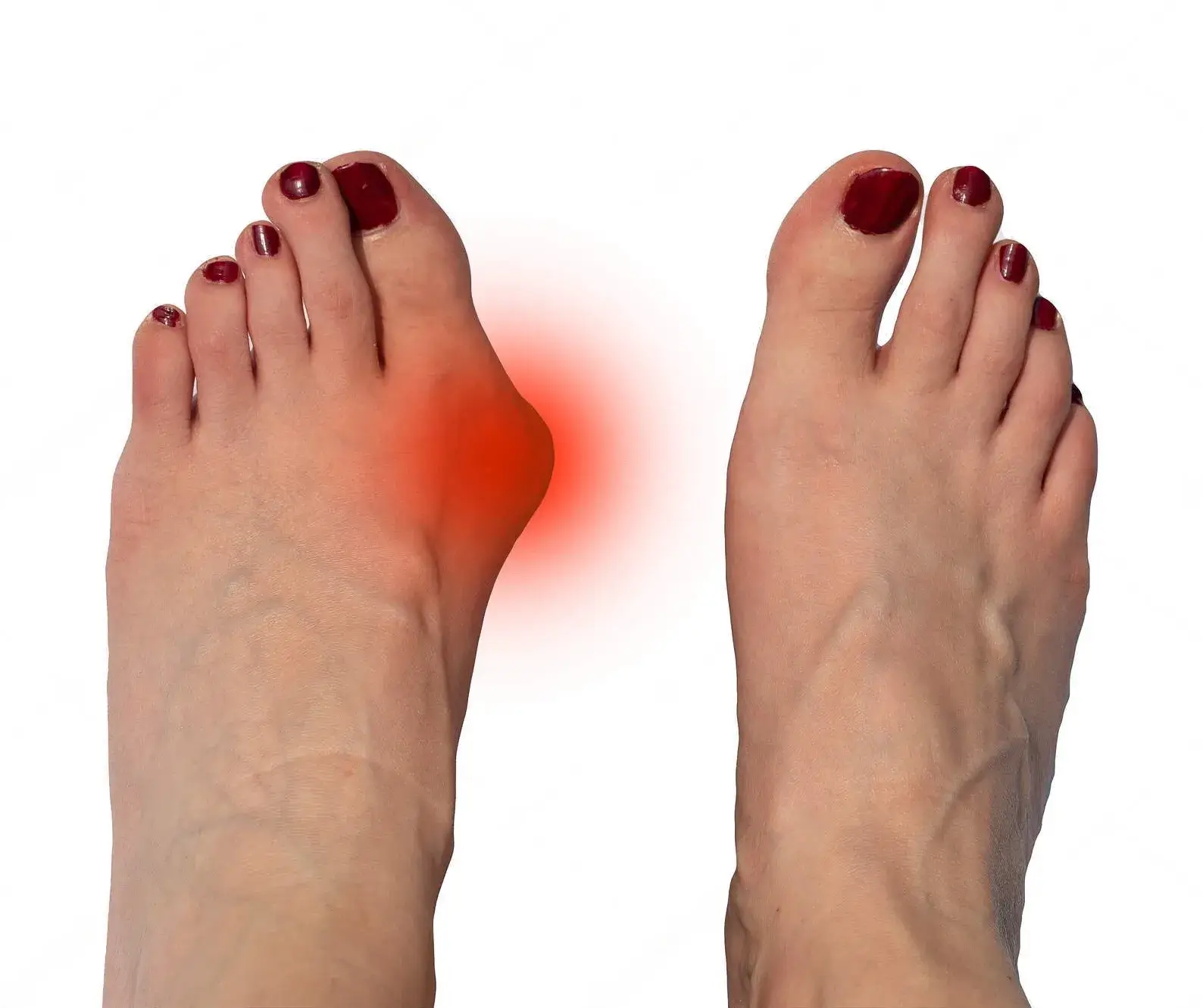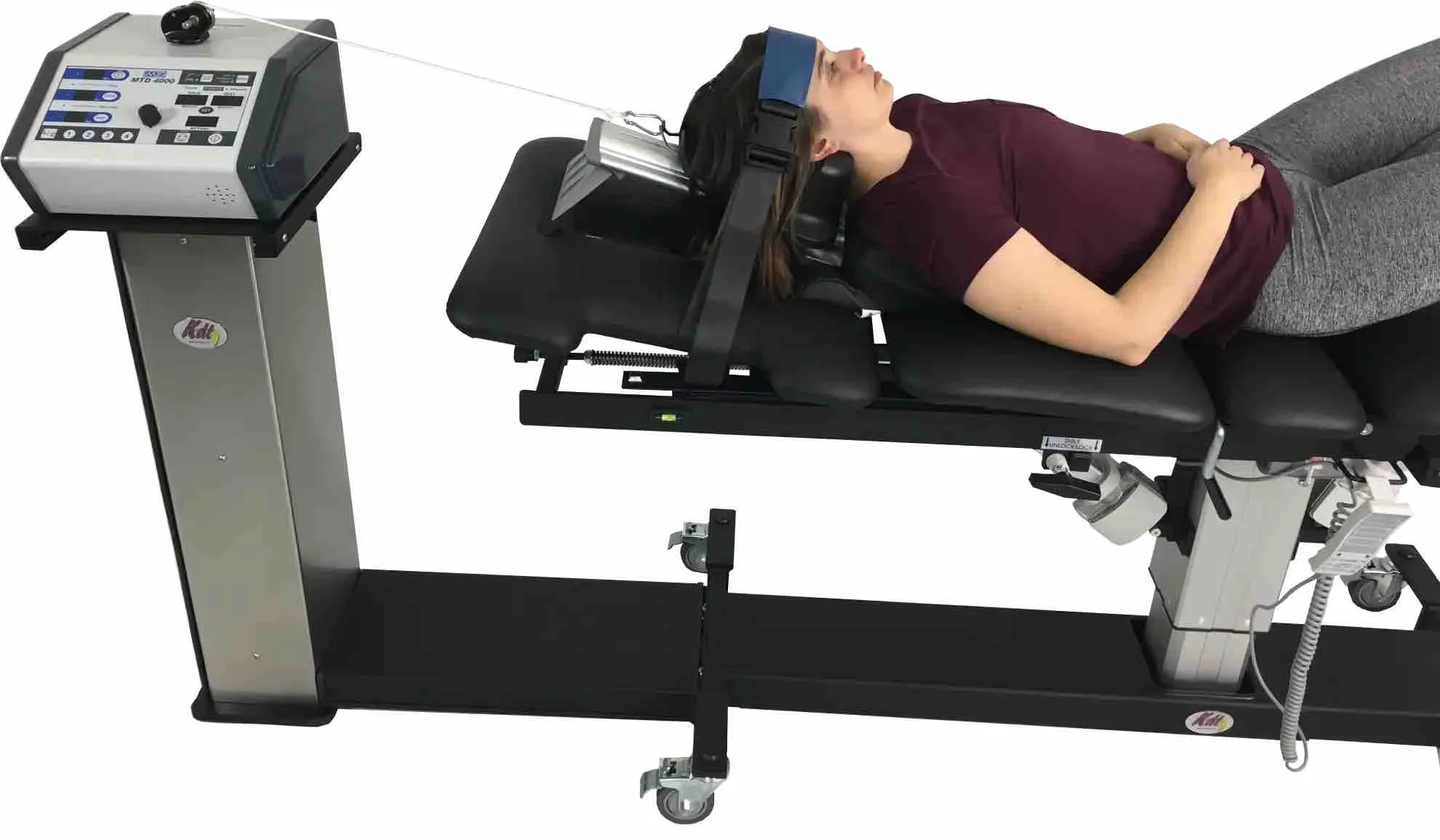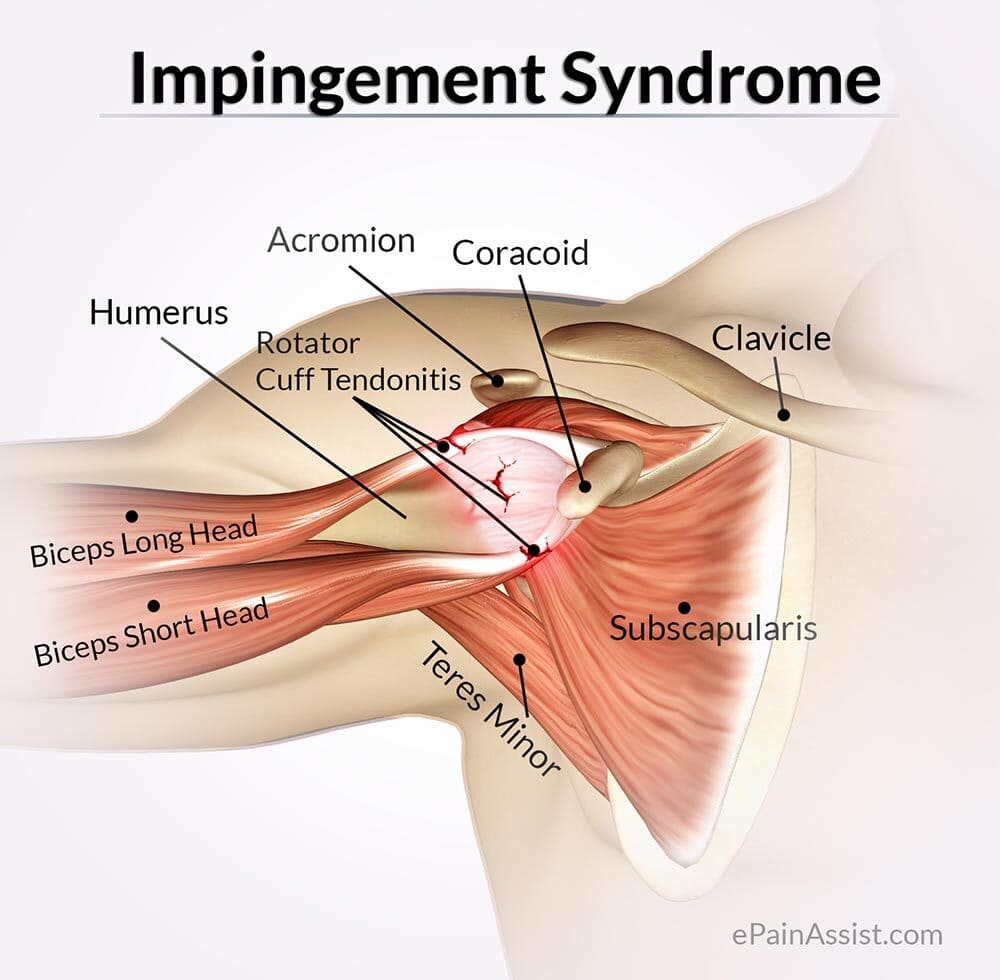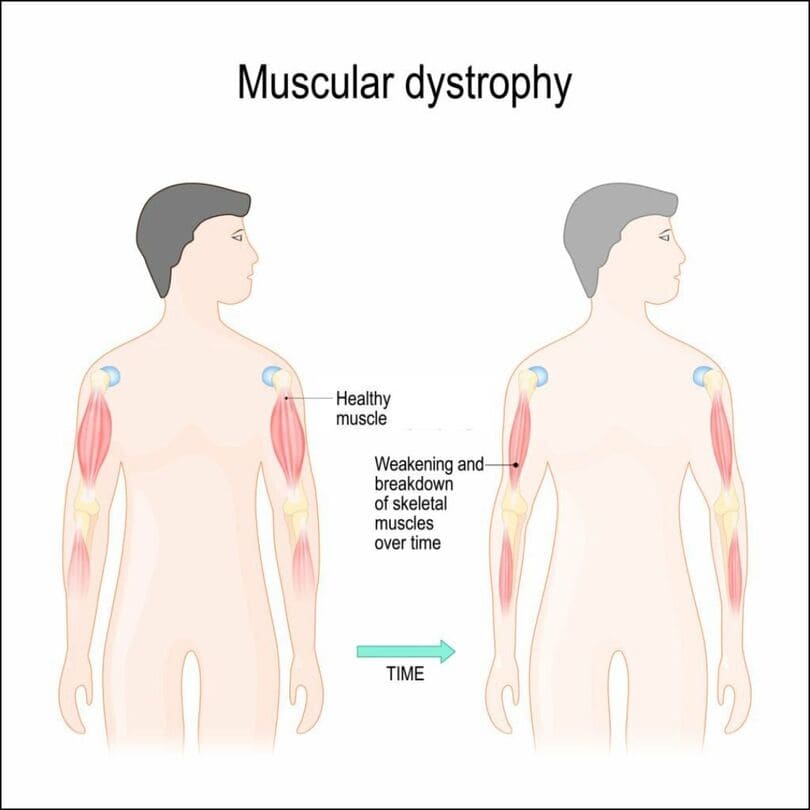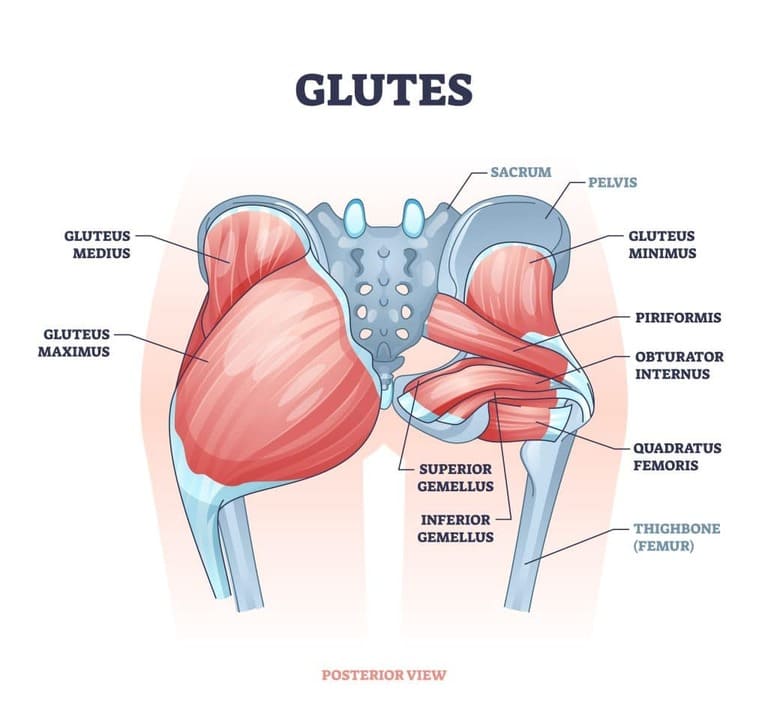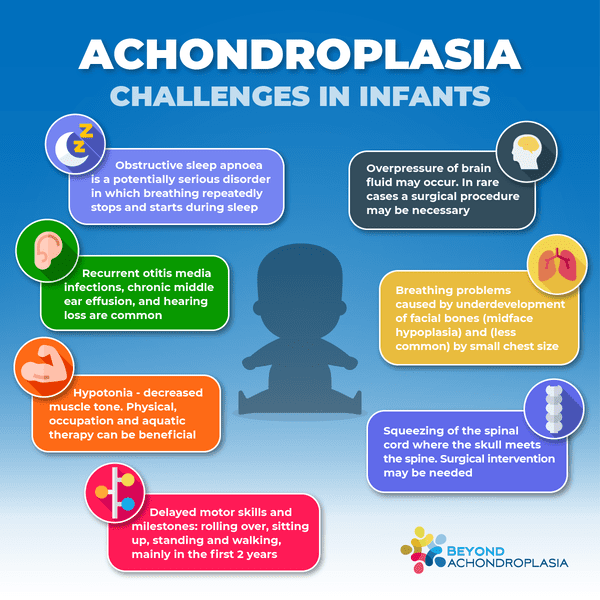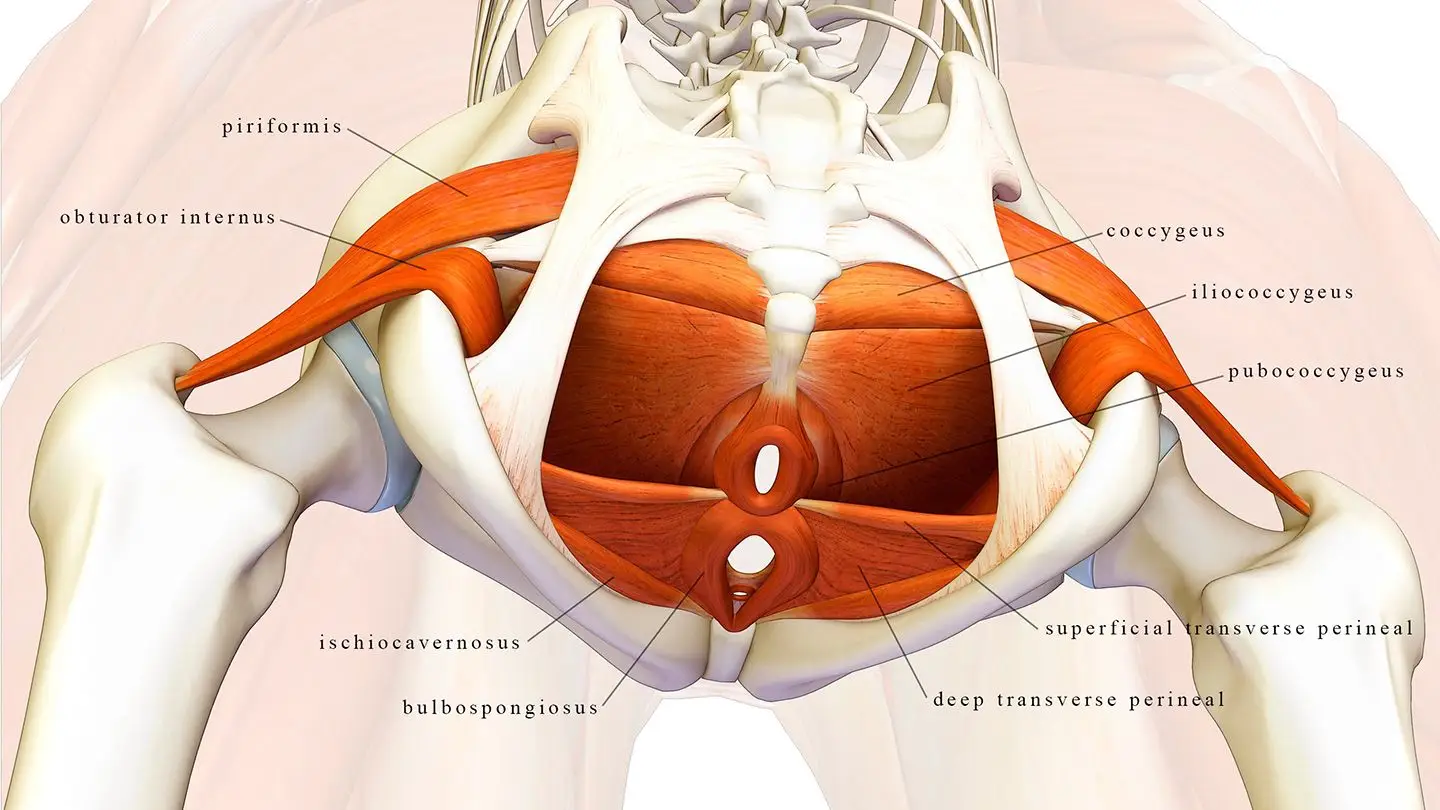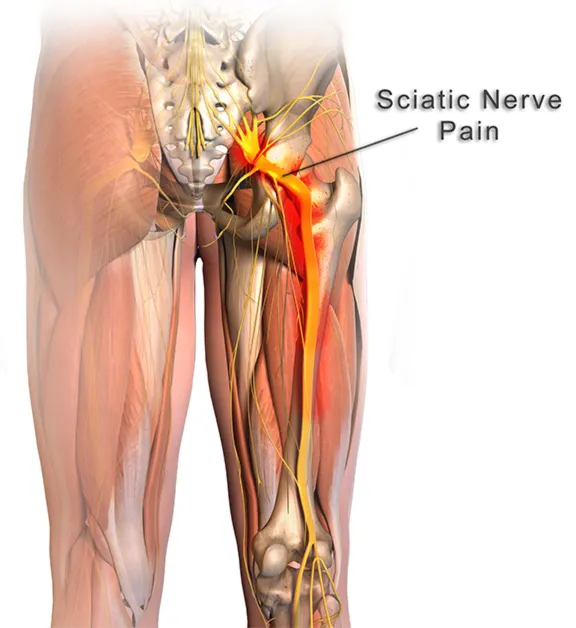
Introduction:
Bow legs, medically referred to as Genu Varum, cause the knees to bow outward, leaving a gap when standing with feet together. This guide explains the causes for bow legs, symptoms, diagnosis, and treatment for both children and bow legged adults. We will also discuss the benefits of osteopathy, physiotherapy, and natural correction methods. Additionally, you’ll learn about preventive measures to help manage this condition.
What Are Bow Legs?
Bow legs are a condition in which the legs exhibit an outward curvature at the knees, resulting in a visible gap when the feet are placed together. This curvature can be present in one leg or both. Some people are born with bendy legs or bow legs, while others may develop the condition later in life due to various factors. In severe cases, the leg curvature can affect posture, walking patterns, and overall balance. Understanding what are bowed legs is important for diagnosing and treating the condition early to prevent long-term complications.
Symptoms of Bow Legs:
1. Visible Outward Curve: The hallmark symptom of bow legs is a noticeable outward curvature of the legs. When standing with feet together, the knees remain apart, creating a bow shape. This curvature can become more pronounced as the child grows or in bow legged adults due to long-term joint strain.
2. Gait Abnormalities: People with bow legs may develop abnormal walking patterns, often referred to as a waddling gait. This happens because the legs are misaligned, causing uneven weight distribution across the knees and hips.
3. Joint Discomfort: As the misalignment puts strain on the knees, ankles, or hips, individuals may experience discomfort or pain, especially after long periods of standing or walking. This is common in bow legged adults whose joints have been under stress for an extended time.
4. Difficulty Sitting Cross-Legged: People with bow legs often find it difficult or uncomfortable to sit with crossed legs because the outward curvature affects the range of motion in the hip and knee joints.
5. Stiffness and Limited Range of Motion: Over time, the bowing of the legs can cause stiffness in the joints, reducing flexibility and limiting movement. This can further affect mobility, making it harder to perform everyday activities.
Causes for Bow Legs in Babies:
Several factors contribute to the development of bow legs, and these can vary between infants and bow legged adults. Understanding the underlying cause is crucial for proper treatment.
- Physiologic Genu Varum:
Most newborns have naturally bendy legs due to their position in the womb. This outward curvature is normal and usually corrects itself as the child begins to walk. However, if the legs do not straighten by the age of 2 or 3, further investigation is needed. - Blount’s Disease:
This growth disorder, also known as Tibia Vara, affects the shin bone’s growth plate, causing excessive bowing. It is more common in children who are overweight or who begin walking at an early age. Left untreated, the condition can worsen, leading to severe bowing and mobility issues. - Rickets:
Bow legged rickets is caused by a deficiency in vitamin D or calcium, leading to weak and soft bones. This condition causes the legs to bow as the bones cannot support the body’s weight properly. While rickets is rare in developed countries, it remains a potential cause in some areas and cases. - Dwarfism:
Individuals with dwarfism, particularly those with Achondroplasia (a bone growth disorder), often develop bow legs due to abnormal bone development. The shorter bones of the legs can bow outward, causing crooked legs and other skeletal issues. Bone Fractures and Dysplasia:
Improperly healed fractures can result in leg misalignment, leading to bow legs. Bone dysplasia, a condition where bones don’t form properly, can also contribute to the development of bent legs.- Fluoride or Lead Poisoning:
Long-term exposure to high levels of lead or fluoride can disrupt normal bone growth, resulting in skeletal deformities like bow legs. This type of poisoning can interfere with the body’s ability to process essential minerals, leading to weak bones.
Understanding the specific cause of bowed legs in your child is crucial for determining the appropriate treatment and management. Always consult with a healthcare professional for an accurate diagnosis and personalized care plan.
Diagnosing Bow Legs:
Proper diagnosis is essential for treating bow legs effectively. A thorough evaluation typically involves:
1. Physical Examination: Doctors visually assess the leg curvature, checking for outward bowing when the individual stands with feet together. They will also observe how the person walks, as gait abnormalities often accompany bow legs.
2. Medical History: Reviewing the individual’s developmental milestones, family history, and any previous bone injuries can help determine the underlying cause of the condition.
3. Imaging Tests: X-rays and other imaging tools are often used to evaluate the severity of the bowing and to detect any abnormalities in the bone structure, such as growth plate damage in children or signs of rickets in bow legged adults.
Management and Treatment
Can Bow Legs Be Corrected?
For babies and toddlers, bow legs often resolve naturally as the child grows. However, if the condition persists beyond the age of 2 or is more severe, treatment may be necessary. In Bow legged adults, correction depends on the cause and severity of the condition.
How Are Bow Legs Corrected in Babies and Adults?
In children under 2, bow legs are typically monitored to ensure they straighten as the child grows. If the condition persists, different treatment options are available:
- Special Footwear or Braces: For children with Blount’s disease or other growth-related disorders, leg braces or special shoes can help guide the bones into proper alignment.
- Dietary Adjustments for Rickets: Bow legged rickets can be treated by addressing nutritional deficiencies, such as increasing vitamin D and calcium intake. In some cases, medical treatment may be necessary to manage more severe cases of rickets.
- Surgical Options: For older children or adults with severe bowing, surgery may be needed to correct the alignment of the legs.
- Guided Growth Surgery: In this procedure, metal plates or staples are used to temporarily halt growth on one side of the leg, allowing the other side to catch up and gradually correct the bowing.
- Tibial Osteotomy: This surgery involves cutting and reshaping the shin bone to correct leg alignment. The bone is then stabilized with metal plates and screws or an external frame while it heals.
Can Bow Legs Be Corrected Naturally?
Treatment for bow legs depends on the underlying cause. Early intervention may involve interventions such as special shoes, splints, braces, or casts to support natural correction.
Comprehensive Management with Osteopathy and Physiotherapy:
Osteopathy and physiotherapy are effective non-surgical treatments for managing bow legs, particularly in bow legged adults and children with mild to moderate cases.
Osteopathy for Bow Legs:
- Postural Realignment: Osteopathic treatments focus on realigning the spine, pelvis, and lower limbs to reduce stress on the legs and promote better alignment.
- Muscle and Joint Mobilization: Osteopaths use gentle joint mobilization techniques to address stiffness and improve flexibility in the legs and surrounding muscles.
- Patient Education: Osteopaths also provide advice on proper posture, exercises, and lifestyle modifications to help maintain the benefits of treatment and prevent further bowing.
Physiotherapy for Bow Legs:
- Strengthening and Stretching Exercises: Physiotherapists design customized exercise programs to strengthen muscles that support the legs and improve flexibility, reducing the impact of bow legs on mobility.
- Gait Training: Physiotherapists teach individuals how to walk with proper posture and even weight distribution to alleviate discomfort caused by crooked legs.
- Personalized Exercise Plans: Each exercise plan is tailored to address the specific needs of the individual, focusing on improving leg strength, mobility, and overall function.
Natural Correction and Prevention:
Ensuring proper nutrition, including adequate calcium and vitamin D intake, is key to preventing bendy legs and bow legged rickets. Regular physical activity and early intervention can also help promote healthy bone development and prevent further complications in children with bow legs.
Conclusion:
While bow legs can present physical challenges, they can be effectively managed and corrected through early intervention, personalized treatment plans, and preventive measures. Whether through osteopathy, physiotherapy, or surgical options, individuals with bow legs can experience improved alignment, better mobility, and enhanced musculoskeletal health.

